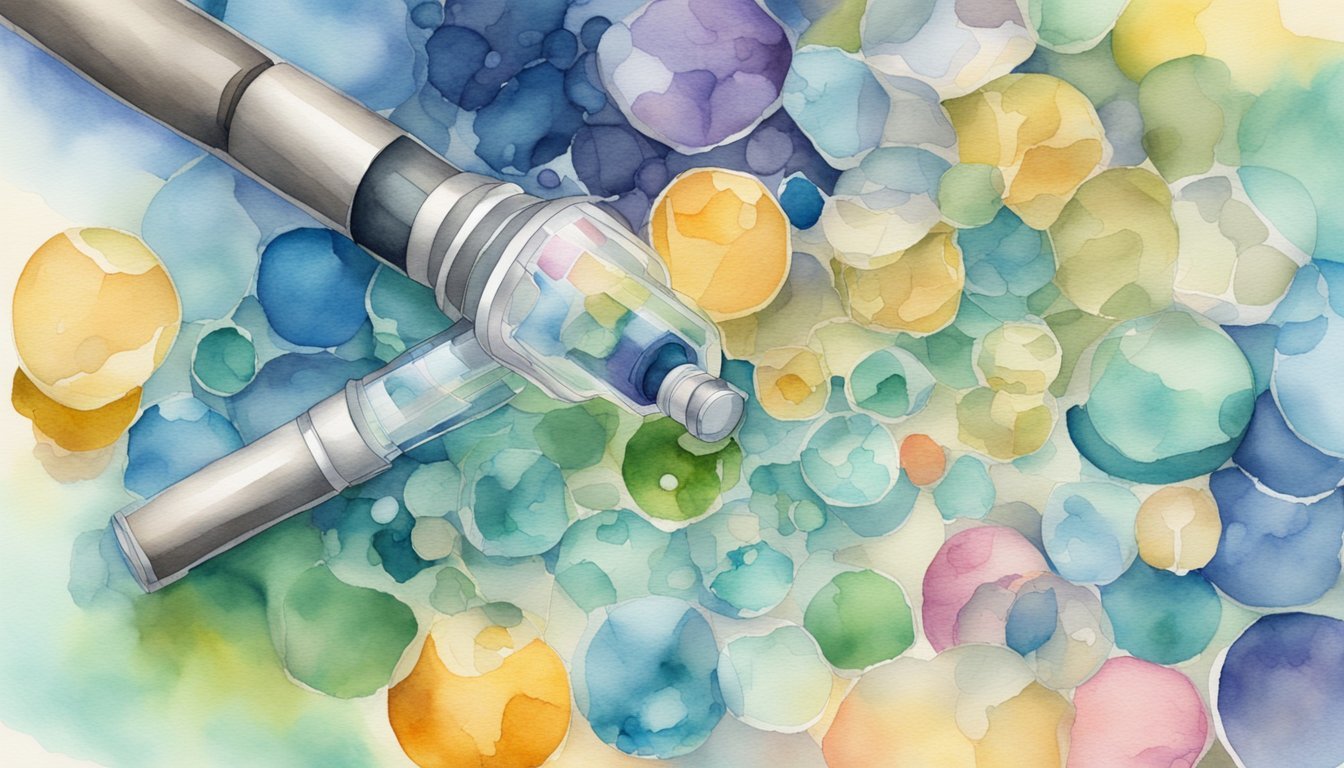Understanding Microplastics
The rising prevalence of microplastics has garnered significant attention, warranting a closer look into their nature, origins, and potential impact on ecosystems and human health.
Defining Microplastics
Microplastics are tiny plastic particles less than 5 millimeters in diameter. They can be further classified as primary microplastics, which are manufactured at a minuscule size for products like cosmetics, and secondary microplastics, resulting from the breakdown of larger plastic waste.
Sources and Pathways
Sources of microplastics include a variety of consumer products and industrial processes. Exposure pathways to the environment are numerous, stemming from activities such as laundry, which can release synthetic fibers into waterways, or plastic waste degradation.
Microplastics in the Environment
Once entered into the environment, microplastics can be found virtually everywhere, from the highest mountains to the deepest ocean trenches. Microplastic pollution has become a pervasive issue across the globe, affecting wildlife and ecosystems.
Microplastics in the Food Chain
Not only have microplastics immersed themselves in diverse habitats, but they also accumulate in the food chain. Studies have revealed the presence of microplastics in seafood, raising concerns about human consumption and potential health implications.
Impact on Human Health

Microplastic contamination is a growing concern as these tiny particles are found in the human body through various sources, including food, water, and air. Research has shed light on the ubiquity of microplastics and their potential implications for human health.
Exposure and Ingestion
Every day, individuals may be ingesting and inhaling microplastics without even realizing it. These tiny particles, which can range in size, are pervasive in many aspects of daily life. They are known to contaminate sources of drinking water, both tap and bottled, and are present in many foods, including seafood and salt. Additionally, microplastics have been found in household dust, leading to inhalation as a significant route of exposure.
Microplastics in Human Tissues
Studies have indicated the presence of microplastics in various human tissues and organs. Notably, these particles have been detected in blood samples, the human placenta, lung tissue, and even in the placentas of unborn babies. This widespread distribution within the body raises questions about the potential impacts these particles may have on different physiological aspects and reproductive systems.
Health Effects and Research Findings
Research is ongoing to understand the full extent of health impacts caused by microplastics. Current findings suggest that these particles can trigger a range of responses, from cellular inflammation and oxidative stress to potential toxic effects after being ingested or inhaled. Scientific studies, such as those assessing microplastics found in laboratory animals, have begun to illuminate the potential for these particles to cause cell death and interfere with the body’s immune responses. As research continues, greater understanding may lead to more conclusive evidence about their direct relation to human diseases and health disorders.

